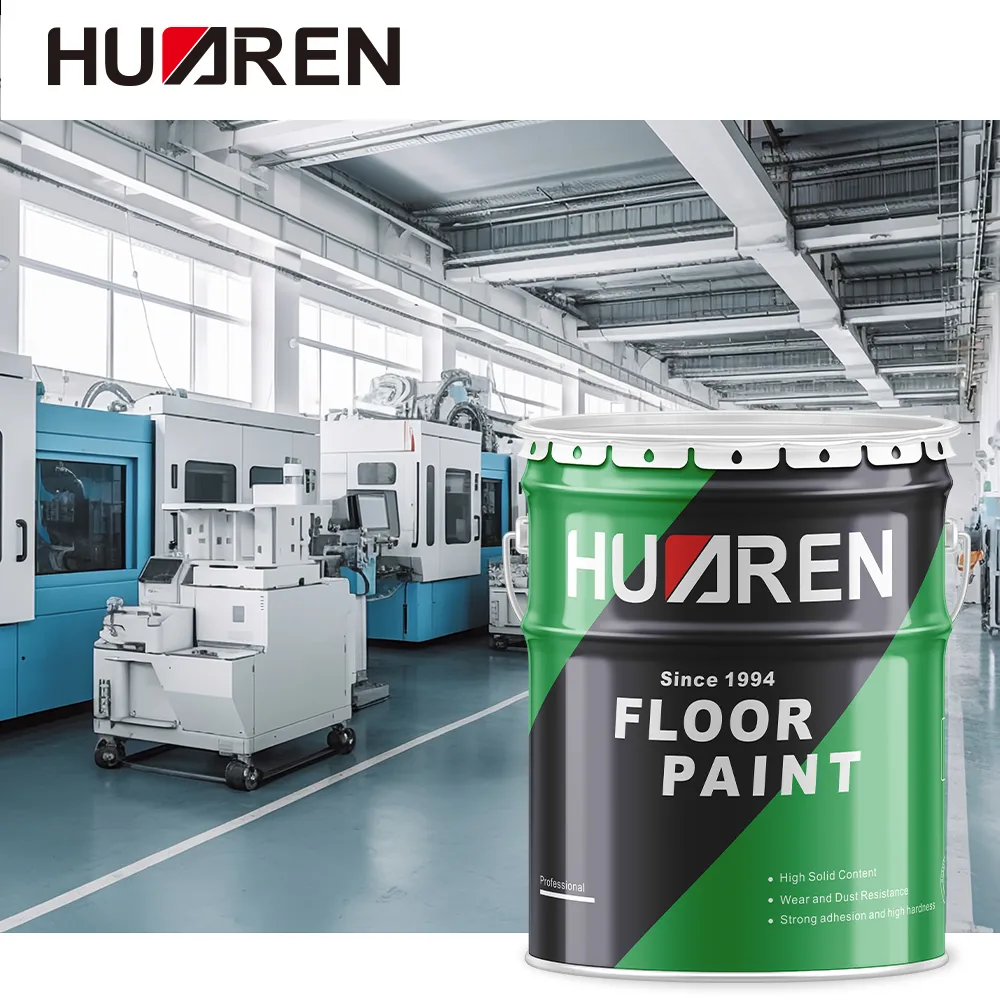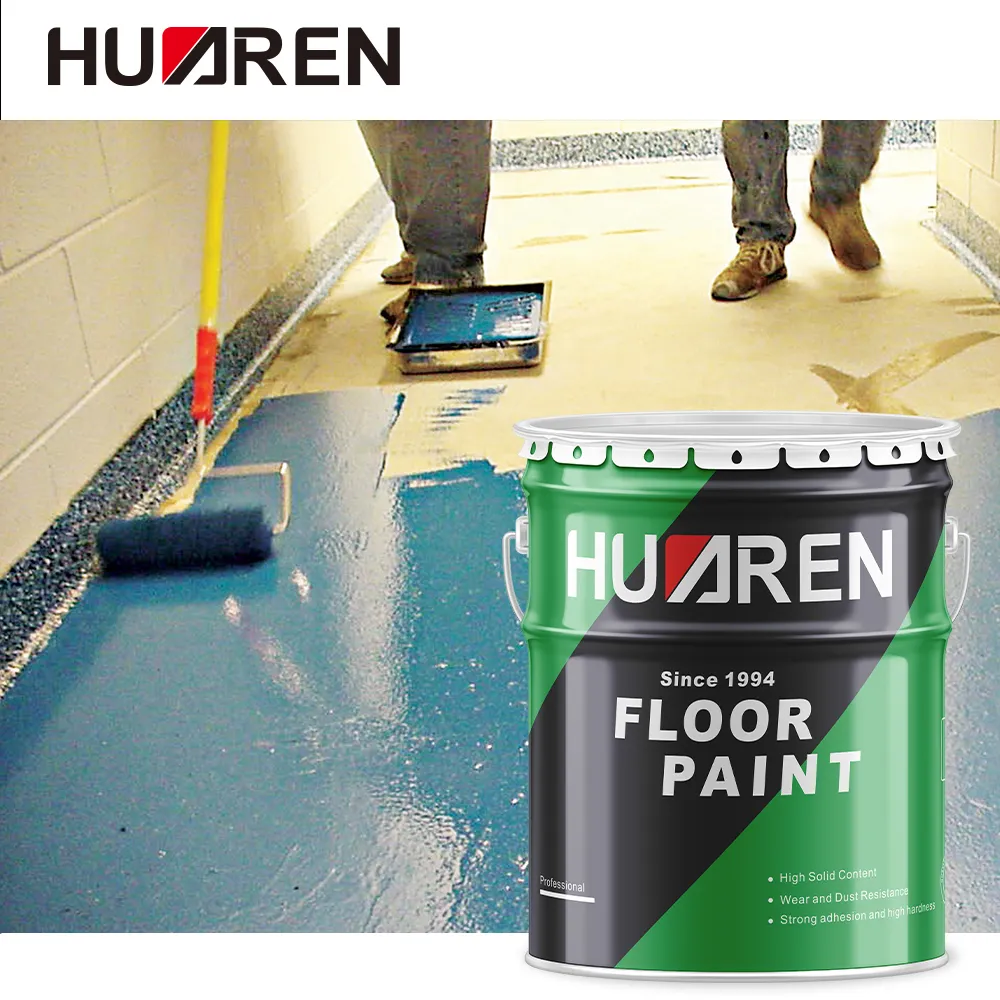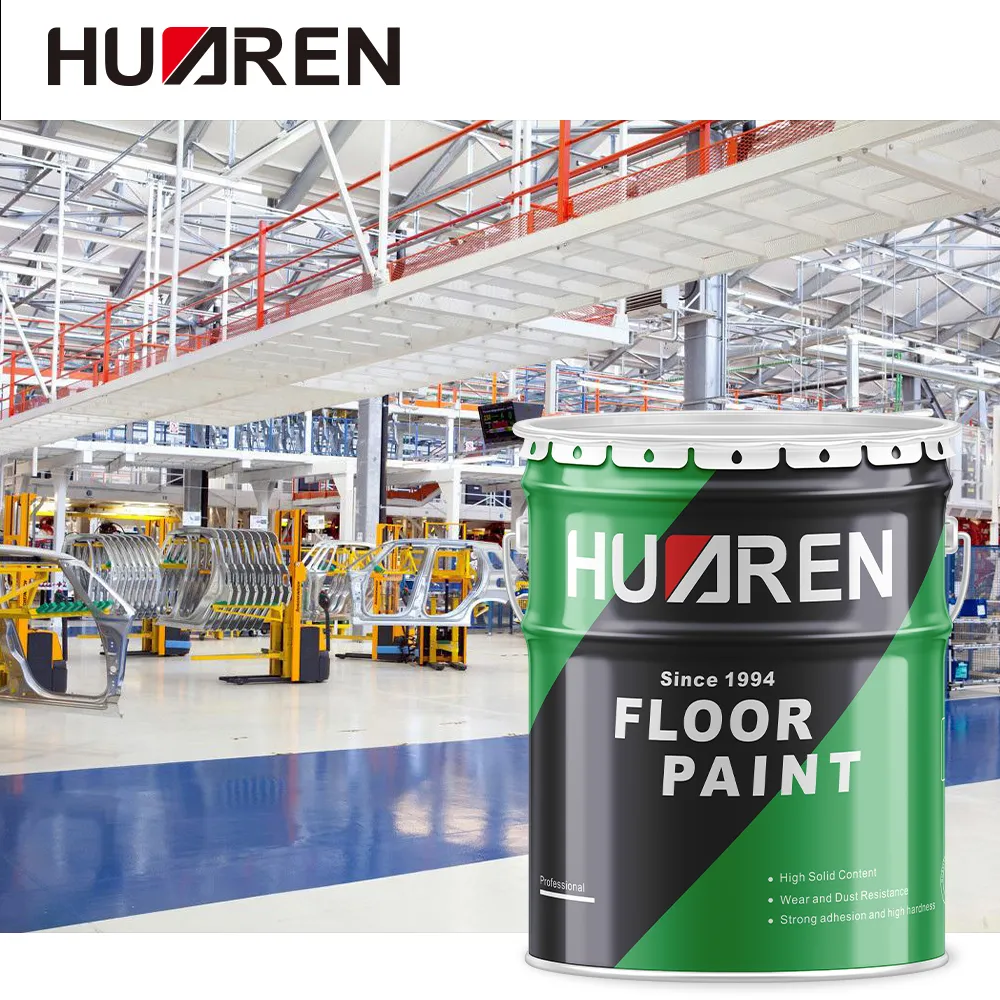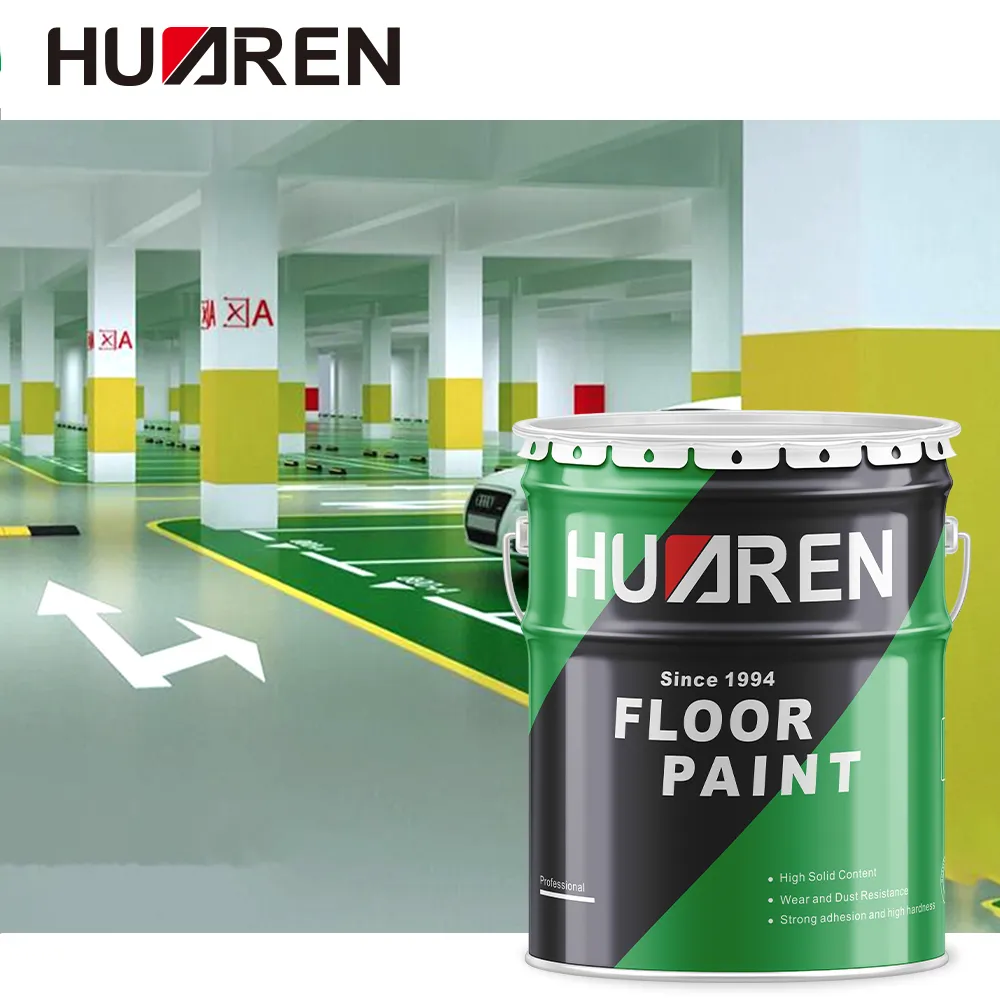Painting concrete floors is a task that requires careful consideration, especially when choosing the appropriate coating and construction process. Whether it is used in a home garage, industrial warehouse or commercial space, concrete floors need a durable, strong coating that can resist wear and chemical corrosion. The use of primer is often a key step in this process, but some people may wonder: Can you paint concrete floors directly without a primer?
This news will explore the importance of primers from multiple angles, whether you can skip the primer step when painting concrete floors, and the possible impacts of omitting primers.

What is a primer? Why is it so important?
Primer is a coating designed specifically to improve paint adhesion and protect the surface of the substrate. The role of primer is not only to act as a base layer, it can improve the adhesion of the topcoat, enhance the smoothness of the surface, and provide a more even coverage effect for the paint.
For concrete floors, the main functions of primers are as follows:
Improve adhesion
Concrete is a porous material with high water absorption. This means that when the paint is directly applied to its surface, it is easily absorbed by the concrete, resulting in uneven distribution of the paint and affecting the overall effect. Primer can form a bridge between the concrete and the topcoat, enhancing the adhesion of the paint and preventing peeling and delamination.
Reduce the amount of paint used
Due to the porosity of concrete, without primer, the topcoat will be quickly absorbed, resulting in the need to apply more paint to achieve the desired coverage effect. Using primer can seal the pores on the concrete surface and reduce the consumption of topcoat, thereby saving costs.
Prevent surface problems
There may be various problems on the concrete surface, such as moisture, cracks and stains. If these problems are not dealt with in advance, they may cause the topcoat to not adhere firmly, or even cause bubbles and peeling on the surface. Primer can effectively seal moisture and impurities in the concrete, providing a stable coating foundation.
Improve the durability of the coating
Primer is not only to help the topcoat adhere, it can also provide an additional protective layer for the concrete floor and increase the durability of the coating. Especially in high-traffic areas or chemical exposure environments, primers can enhance the wear resistance and chemical corrosion resistance of the overall coating.

What are the risks of painting concrete floors without a primer?
While skipping the primer step may seem like a time-saving and labor-saving option, doing so can present a host of issues, especially for long-term or high-demand floors. Here are the risks of painting concrete floors without a primer:
Poor paint adhesion
Without a primer, the topcoat may not adhere well to the concrete surface. Over time, the topcoat may flake, crack, or bubble, especially in high-humidity environments or where it is frequently exposed to water, oils, and chemicals. The absence of a primer leaves the topcoat in direct contact with the concrete, making the coating susceptible to adhesion issues due to moisture, thermal expansion, and other factors.
Uneven painting
Concrete has a porous and rough surface, and without a primer as an intermediate layer, the topcoat may be absorbed quickly, resulting in uneven painting and varying shades of color. Even after multiple coats, the desired coverage may not be achieved, especially with light-colored paint applications, where this unevenness is particularly noticeable.
Increased paint usage
Without a primer to seal the pores of the concrete, the topcoat will be absorbed heavily, resulting in a significant increase in paint usage. Although skipping the primer may seem like an initial cost savings, it may actually end up costing more due to the need for more topcoats. In addition, the additional coats will extend the construction time.
Reduced Floor Durability
Without the protection of a primer, the durability of the coating is greatly reduced, especially in high-traffic areas or floors exposed to moisture and chemicals. The coating is more susceptible to wear, peeling and chemical corrosion, reducing the life of the floor and increasing the frequency of subsequent maintenance.
Moisture Issues
Concrete floors often have a certain degree of moisture, especially in basements or low-lying areas. Without a primer, moisture may penetrate through the concrete to the topcoat layer, causing the coating to bubble, peel or even mold. Primers can effectively seal moisture in the concrete and prevent this from happening.

How to Choose the Type of Primer?
If you decide to use a primer when painting your concrete floor, it is also crucial to choose the right primer. Different types of primers have different properties and characteristics, suitable for different construction needs.
Epoxy Primer
Epoxy primer is a common primer used for concrete floors. It has extremely high adhesion and wear resistance, can effectively seal the pores on the concrete surface, and provide excellent waterproof and moisture-proof protection. In addition, the epoxy primer has a long curing time and can penetrate deeply into the concrete to form a strong adhesion foundation.
Acrylic Primer
Acrylic primer is a water-based primer with a fast drying time and good moisture resistance. Its construction is relatively simple and suitable for floor coatings such as garages and basements. Although the chemical resistance of acrylic primer is not as good as that of epoxy primer, it excels in moisture resistance and environmental protection, and is suitable for home and light industrial environments.
Polyurethane Primer
Polyurethane primer is favored for its high strength and wear resistance, especially for concrete floors in heavy industrial environments. It can withstand the wear and tear caused by high traffic and provides excellent chemical resistance. However, the price of polyurethane primer is relatively high and is suitable for floor systems that require long-term durability.

Can primer be omitted in special circumstances?
Although primer is essential in most cases, it may be possible to omit primer in certain specific cases. However, this needs to be determined based on the specific conditions and the performance of the coating product.
Use self-priming paints
There are some paints on the market that are self-priming, which means they are designed with a primer in mind and can be applied directly to concrete without the need for an additional primer. These paints are often labeled as "one-step" products and are suitable for lightly worn floor environments. However, it should be noted that these paints may not perform as well as a combination of primer and topcoat used separately, especially in high-demand industrial environments.
Concrete floors with good flatness and stable conditions
If the concrete floor is well flat and has no obvious cracks or flaws on the surface, and the floor is in a dry environment with no moisture penetration issues, it may be possible to omit the primer in some cases. However, this option of omitting the primer is only suitable for lightly used environments, such as home garages or storage rooms, and is not suitable for high-traffic or industrial locations.
Use special coating processes
In some special coating processes, such as spraying high-performance coatings, the primer may be replaced by a special application process, but this requires professional construction personnel and equipment, as well as strict operating specifications. For ordinary home users or small commercial projects, relying on primers is still a safer choice.

